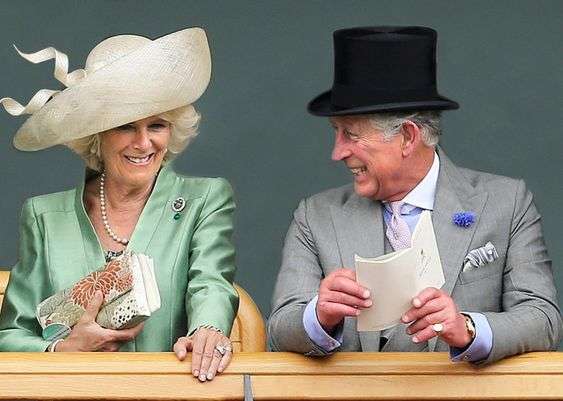The Psychology of Color
How Colors Shape Our Emotions and Behavior
Colors are not merely visual sensations; they are powerful tools that influence our perceptions, emotions, and behaviors. From the soothing blue of the ocean to the vibrant red of a rose, every color has a psychological impact that goes beyond aesthetics. In this exploration of the psychology of color, we delve into the fascinating ways in which colors shape our minds and experiences.
The Color Spectrum of Emotions
Red: Often associated with energy and passion, red can evoke strong emotions ranging from love and excitement to anger and intensity. It’s known to stimulate the heart rate and create a sense of urgency.
Blue: With its calming and serene qualities, blue is linked to feelings of tranquility and trust. It’s no wonder that blue is a popular choice for creating peaceful environments.
Yellow: Vibrant and cheerful, yellow is associated with happiness and positivity. However, excessive yellow can lead to feelings of anxiety or restlessness.
Green: A color that signifies growth, harmony, and nature, green is often linked to feelings of balance and rejuvenation.
Purple: Associated with luxury and spirituality, purple can evoke feelings of creativity, mystery, and elegance.
Orange: As a color that exudes energy and enthusiasm, orange can inspire motivation and create a sense of warmth.
The Influence on Decision-Making
Colors play a significant role in our decision-making process, especially in marketing and branding. For instance:
- Red: Frequently used to capture attention, red can stimulate impulse purchases and a sense of urgency.
- Blue: Associated with trust and reliability, blue is commonly used by financial institutions to create a sense of security.
- Yellow: Often used to grab attention and highlight discounts, yellow can induce feelings of optimism and encourage action.
- Green: Linked to nature and wellness, green is embraced by eco-friendly and health-related brands.
Cultural and Contextual Influences
Colors are not universally perceived in the same way across cultures. While red symbolizes luck and prosperity in some cultures, it signifies danger or warning in others. Cultural background and personal experiences shape our responses to different colors, making the psychology of color a complex and nuanced field.
Applying Color Psychology in Everyday Life
Understanding color psychology can help you make intentional choices in various aspects of your life:
- Home Décor: Choose colors that reflect the mood you want to create in each room. For a calming bedroom, opt for cool blues and neutrals.
- Work Environment: Use colors that promote productivity and focus in your workspace. Incorporate calming greens and blues to reduce stress.
- Wardrobe Choices: Dress in colors that align with the emotions you want to convey. Wear red for confidence or blue for a sense of calm during presentations.
- Branding and Design: If you’re an entrepreneur or designer, consider the psychological impact of colors on your branding and design choices.
Conclusion: A Palette of Influence
The psychology of color is a captivating study that reveals the intricate ways in which colors influence our thoughts, emotions, and actions. Whether we’re designing a space, making decisions, or expressing ourselves through clothing, colors have the power to shape our experiences in profound ways. By harnessing the knowledge of color psychology, we can make deliberate choices that enhance our well-being and connect with others on a deeper level.
#ColorPsychology #EmotionalInfluence #ColorImpact #DecisionMaking #CulturalPerceptions #DesigningWithColor #PsychologyOfColors #ColorChoices #VisualEmotions #InfluenceOfColors









